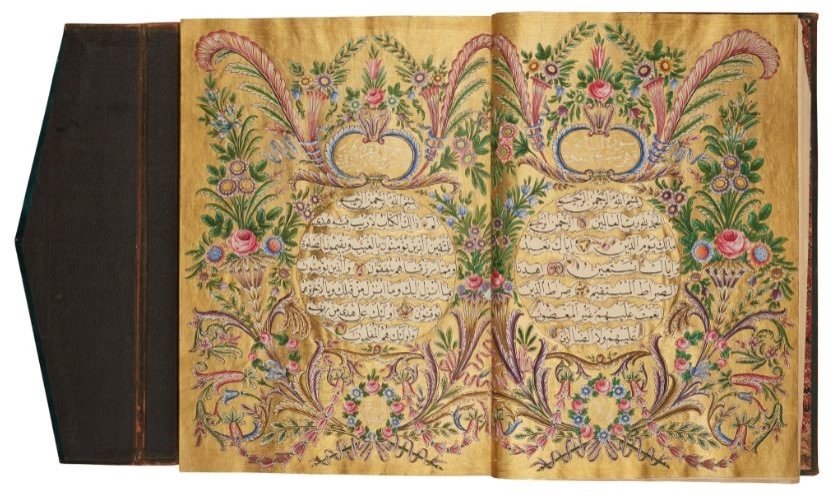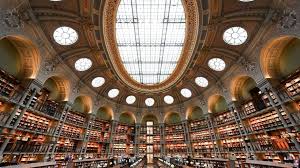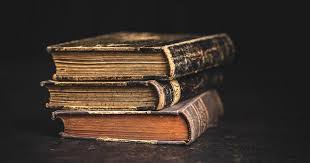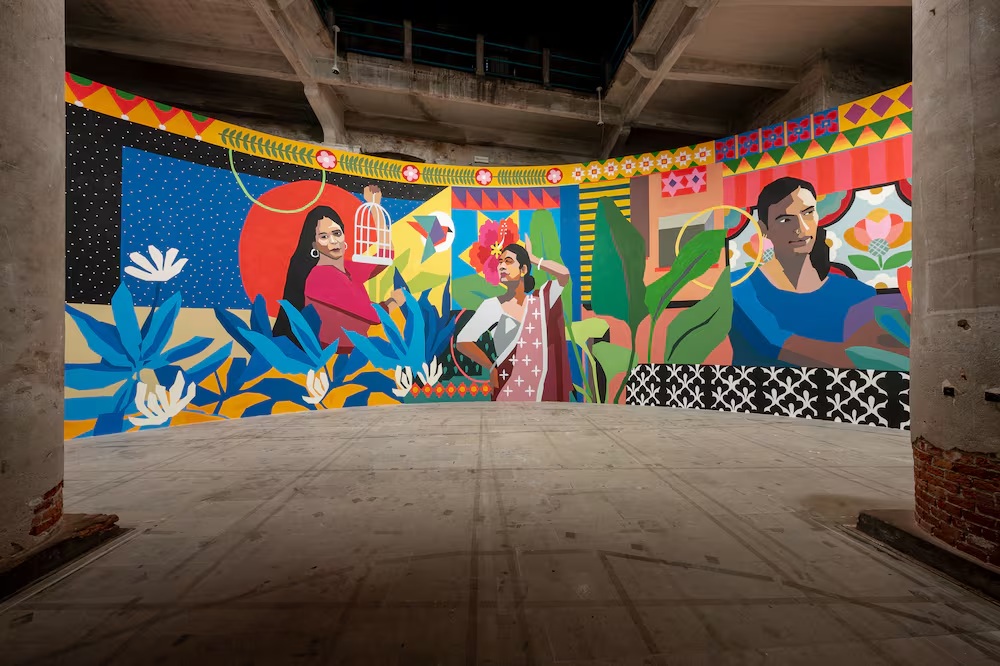
Monitoring Desk
The role of Kiowa art in the lives of the Kiowa people embodies intangible teachings in our upbringings: our oral histories, our songs, and our prayers. Grandparents and other elders share songs, hymns, and prayers to children as instruction of protocols and lessons to be a Kiowa. Families are often assigned specific responsibilities and encouraged for their essential manners — respect, contribution, and assistance.
In 1978, the Kiowa Business Committee responded to the tribal community’s requests to preserve culture and sought tribal members who could share their cultural knowledge. The committee selected Parker Boyiddle, Jr. (Kiowa/Wichita/Delaware/Chickasaw, 1947–2007), Sherman Chaddlesone (Kiowa, 1947–2013), and Mirac Creepingbear (Kiowa, 1947–2013) to paint murals depicting Kiowa creation, history, and contemporary cultural expression. Kiowa elders gathered in dialogue to share historical experiences, speaking in the Cáigù (Kiowa) language and advising the artists on the subject matter. The artists translated from Cáigù to the visual expression in the mural painting.
The murals reveal the artists’ traditional instruction in Kiowa aesthetics, from calendar-keeping to hide-painting and back to petroglyphs. All three artists grew up in Kiowa territory in Southwestern Oklahoma and attended the Institute of American Indian Arts in Santa Fe, New Mexico, and Oklahoma State University in Stillwater, Oklahoma. Each artist has been celebrated for their participation in Kiowa ceremonial groups throughout their careers, and each artist has been acknowledged as a descendant of Kiowa chiefs.
The artists first approached the murals knowing the protocols for engagement, which acknowledge the creative tenets of the Kiowa Tribe. These include, but are not limited to, gathering natural materials and understanding the uses and histories of cultural items, which often identify one’s status in the Kiowa community. The murals interpret the creative origin stories of the Kiowa, including the belief that our community first emerged as ants through a log. The murals illustrate our belief that all people have a purpose and how we share an intent to work together. The series reveals the influence of the Creator and a Trickster figure in our spirituality. For the Kiowa, this Trickster is known as Saynday, and his exploits often teach others to refrain from selfishness.
The murals’ vibrant color palette reflects the Kiowa color theory, based on directions, and our preference for bold primary colors, with a duality of reds and blues. Creepingbear’s Arrival on the Southern Plains and Alliance with the Comanche and Cheyenne marks our migration from the northern Rocky Mountain into the Southern Plains. Chaddlesone’s Transition: The Beginning of Organized Religion for the Kiowa is drained of all color. Its blacks, greys, and whites echo a loss and sorrow when we were forced onto reservations. He references the famous ledger drawing, A Man Receiving Power from Two Spirit Animals (1877), by Wohaw (Kiowa, 1855–1924), a complex piece of that transitional time with the loss of the bison herds and growth of domesticated cattle. Each painting has embedded teachings of sacrifice and celebration through survival. The final mural, Chaddlesone’s The Kiowa Today, features specific individuals from the Kiowa community from the late 1980s and restores color and cultural sovereignty to the Kiowa people embedded in our lands.
In 2019, Angela M. Chaddlesone McCarthy, daughter of muralist Sherman Chaddlesone approached the Kiowa Museum to curate a traveling exhibition. Due to Covid-19 closures in 2020, the Ah-Kaw-Lay District one legislator, Angela, expressed her wishes to shift the collection to an online exhibition. On September 17, 2020, the Kiowa Tribe lost Angela to Covid-19. Knowing her duty and obligation to protect her people and culture, she wanted to make sure our story kept going. Previously, these works had only been on private view. The Kiowa Tribal government has decided to share and open the murals up to the world. This decision was made with the expectation that these artworks would educate those outside our community about the presence and perseverance of the Kiowa people. As an agreement between the three artists and the tribe, the initial intent and hopes were for the murals to travel nationally and internationally. The Kiowa Tribal Executive Branch currently wishes to honor the artists’ and families requests.
Courtesy: hyperallergic
The post Kiowa Murals Embody Kiowa Language, Culture, and Community appeared first on The Frontier Post.








